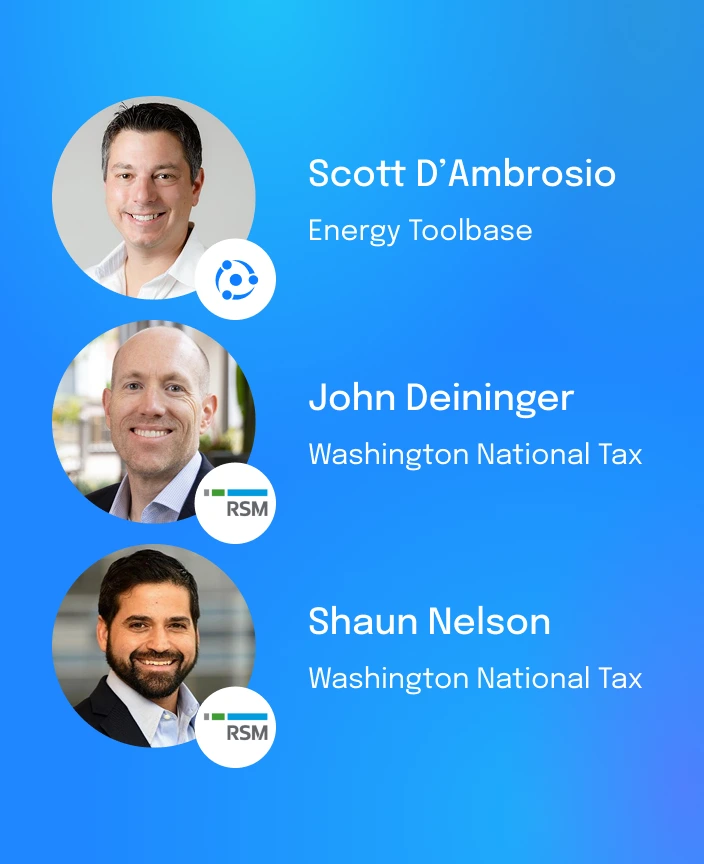Our Top Performing Blogs Posts of 2019

We’re already halfway through the year, and a lot has happened in the renewable market in the first 6 months of 2019. From new policy changes to allow energy storage net metering, to arguably one of the biggest changes of the year, California’s three investor-owned utilities (IOU’s) went through a major electric rate reform, rolling out time-of-use (TOU) rates as the default for all customers.
New Hampshire PUC Makes Cuts to Net Metering Program

The New Hampshire Public Utilities Commission issued a new order, making cuts to the state’s Net Energy Metering (NEM) program. The order maintains full retail credit for monthly net excess generation for supply but will no longer give credit for non-bypassable charges (NBC’s) like the system benefits charge. The decision removes the existing NEM caps and offers grandfathering to current customers.
Our Utility Rates Team

Meet Energy Toolbase’s utility rates team who track and update rates in over 300 utility territories and all 50 states.
Rate Design Will Be King

Rate design has always been a key factor in determining the economic viability of a customer-side-of the-meter solar project. It’s been right up there in importance with the other commonly thought of factors, like Net Metering, the Federal Investment Tax Credit, installed/panel/soft costs, and the availability of financing. Looking out …

